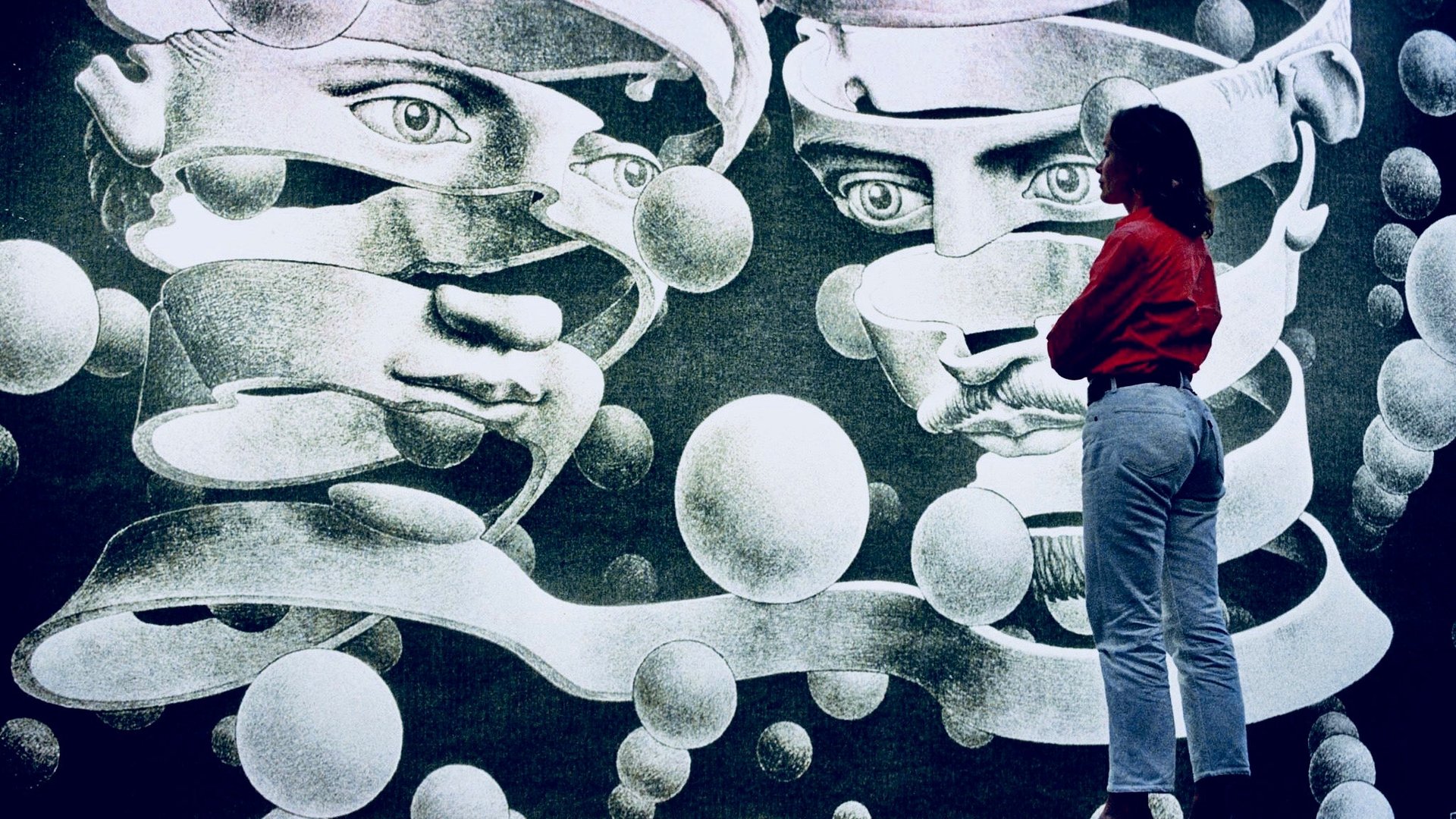Yale scientists have new insight on how LSD works in the brain
The human brain remains one of science’s great mysteries. Recently, however, neuroscientists announced that they’re a little bit closer to understanding cognition and perception, with the help of LSD.


The human brain remains one of science’s great mysteries. Recently, however, neuroscientists announced that they’re a little bit closer to understanding cognition and perception, with the help of LSD.
Psychedelics famously alter perception and have a profound effect on consciousness, prompting hallucinations and color and sound distortions, as well as causing time to seem to speed up or slow down. Researchers from Yale University in the US and the University of Zurich in Switzerland, in an Oct. 25 study in the journal eLife, explain that these effects are similar to transformations in the thinking and perception of people with psychiatric disorders such as schizophrenia. Thus, knowing how LSD works in the brain could illuminate the mechanisms underlying these conditions, help in the development of LSD as a treatment for depression and anxiety disorders, and inform understanding human consciousness more generally.
The mechanics of this process—what happens in the brain to prompt these perceptual changes after someone takes LSD—are not well understood. So, the neuroscientists set out to test the drug on 24 healthy subjects, giving some a psychedelic and others a placebo. They also tested subjects with LSD and another drug called Ketanserin, which dampens the effect of a neurotransmitter the researchers suspected was implicated in LSD’s effects on the brain. Then they measured how different areas of the brain communicate under the influence of the various drugs and compared this communication with what was happening in subjects who took placebos.
The research team found that LSD reduced connections between regions of the brain that govern cognitive processes while simultaneously increasing connectivity in brain networks associated with sensory functions. The drug does this by stimulating a particular receptor in the brain for the neurotransmitter serotonin, the 5HT2A receptor, known to be implicated in mood regulation and cognition.
That happens to also be the neurotransmitter dampened by Ketanserin. So when subjects who took both LSD and Ketanserin didn’t experience the same perceptual transformations as those who took LSD alone, the researchers’ suspicions about the 5HT2A’s role in the changes caused by LSD were confirmed.
By pinpointing the role of the specific neurotransmitter in creating the altered state of perception prompted by LSD use, neuroscientists better understand the neurobiology of the drug. They have more information on developing the psychedelic for therapeutic effects. ”The current results close major knowledge-gaps regarding the neurobiology and neuropharmacology of LSD,” the paper concludes.
This new research builds on studies that began in the 1960s but weren’t pursued for some time. “Despite its powerful effects on consciousness, human research on LSD neurobiology stalled in the late 1960s because of a narrow focus on the experiential effects of hallucinogenic drugs, combined with a lack of understanding of its effects on molecular signaling mechanisms in the brain,” the study explains. Recent studies have shown that LSD could be an effective treatment for certain mental-health disorders, but since little was known about just how the drug works on the brain, scientists were wary of developing these therapies.
Now, with the help of new technologies that allowed the researchers to effectively see and map the brain’s transformations under the influence of LSD, they are able to better understand what actually happens in brains on this potent psychedelic. “It has taken over 50 years and technical advances in brain imaging and molecular neuroscience to enable us to build on the earlier work in mechanistic clinical research,” said John Krystal, Yale professor and chair of psychiatry, in a statement on the paper. “This path, and other related research strategies will take us deeper in our search for the roots of human consciousness and the biology of mental illness.”